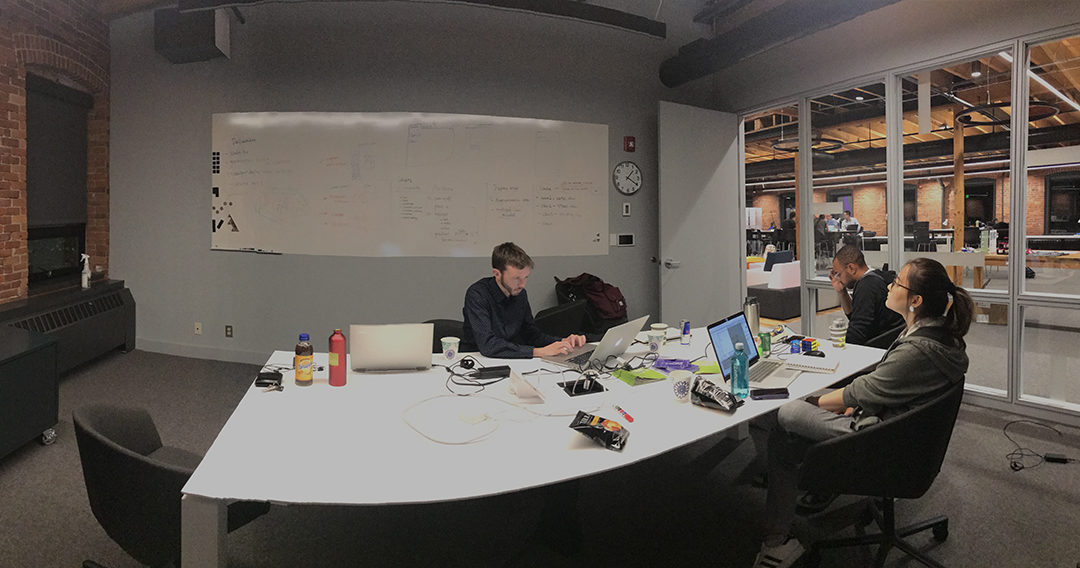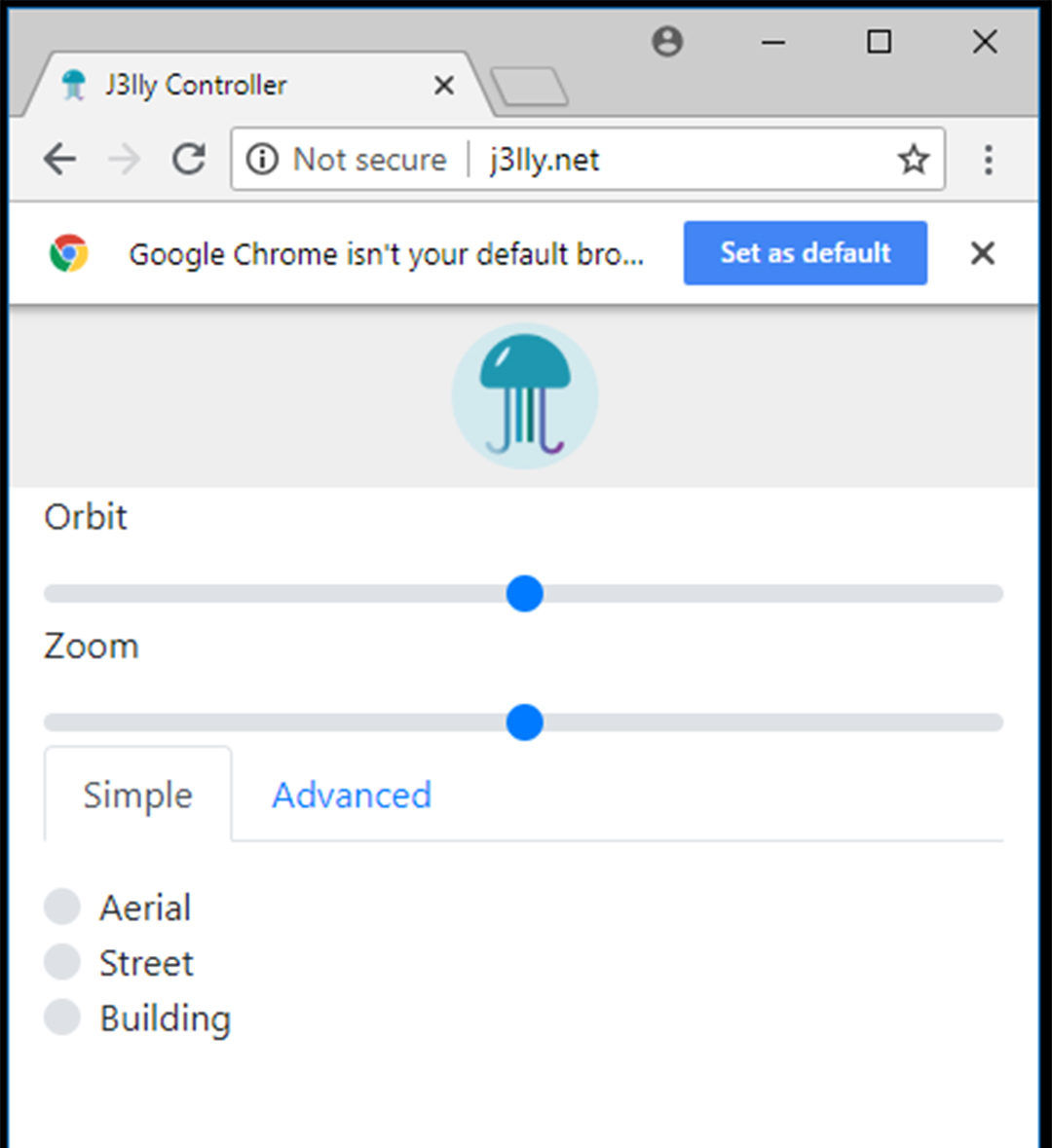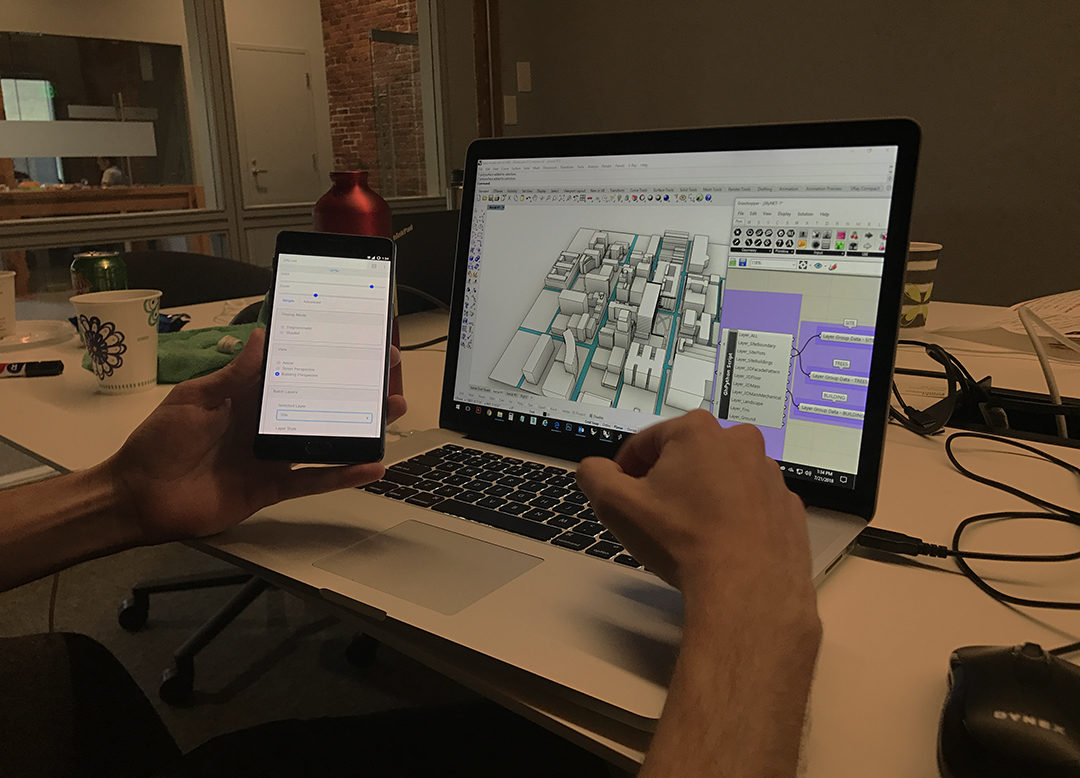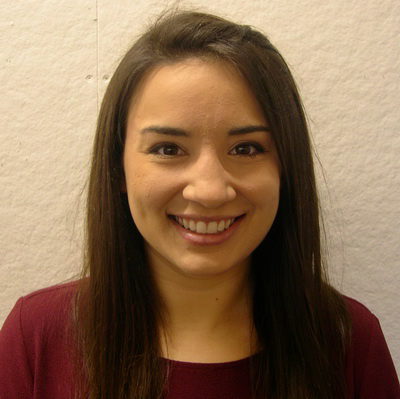I recently attended the annual BeyondAEC Hackathon, hosted by Sasaki, an event for individuals to collaborate and create new ways to evolve the architecture, engineering and construction industry. It encourages AEC professionals and students to cross-pollinate their skills and knowledge and is open to professionals throughout the industry. Participants can come with or without any ideas to hack, and offer whatever skills you know – everything is valuable. The hackathon is about brainstorming new ways to optimize, automate, analyze, communicate and reinvent traditional ways of practicing. Interdisciplinary groups have 24 hours to create and share something that has not been done before and surpasses the antiquated methods of our industry.

I, alongside my PAYETTE colleagues Holly Jin and Luke Gehron, came to BeyondAEC with an open mind, a few nebulous design ideas and no idea of what we were actually getting ourselves into. Quickly we realized we were surrounded by several incredibly intelligent people who had programming, web development, coding experience – and at least one hackathon under their belt. After the symposium portion of the day, seasoned veterans offered their ideas for the “thing” to create during the hackathon. Several techy, diverse, challenging and highly relevant ideas were brought to the table. In the end Luke, Holly and I worked together because we had brainstormed an exciting idea earlier that day and really wanted to try bringing it to reality. We added team member John Hillard with expertise in computer programming. Once we finalized our team, we began the 24-hour sprint towards the finish line, with many rounds of mind-mapping, trial-and-error, troubleshooting and little victories.
Dubbed “J3lly,” we created a presentation tool for Rhino that would allow users to remotely pan, orbit, zoom around their working 3D model using a web-based interface, and apply beautiful graphic styles without destroying the integrity of the model. The time involved in preparation for meetings and presentations usually takes several hours, even days, and halts all other work that would progress design development.

It’s a process that can involve several programs, moving data between Rhino, Illustrator, Photoshop, InDesign, etc. The beauty of this tool is that it acknowledges that “design never stops,” and allows designers to communicate information about their work without interrupting the design process. The tool involves two parts:
1) a Grasshopper script that reads your current Rhino model, moves layers to groups of information that you define, and temporarily modifies its graphic appearance to be clear and aesthetic
2) a web-based user-friendly interface, that allows presenters, senior staff members and clients to interact with the model without worries of destroying the model
For example, in the image below you can see how groups of information can be highlighted, hidden or muted independently, giving users easy control over the diagrams that best suit your 3D model. The remote control ability allows the presenter to also communicate more effectively, not being bound to the mouse and keyboard of their laptop or PC. J3lly has the potential to eliminate hundreds of hours spent each year creating a design graphics for a presentation. It offers a new way to interact with working 3D models and seeks to make this interaction accessible to everyone involved in the project.

The hackathon was exhausting, but team J3lly is proud of our product. We were able to blitz through the night (with a small nap) and create a “proof of concept” remote user interface that successfully interacts with our Rhino test model. Even several weeks later, our team continues to develop J3lly. Luke Gehron has explored other user interface methods, including a touch-interface using Kinect and gesture sensing technology. We brainstormed several controls that we simply didn’t have time to develop by the deadline, but now we have the time to figure it out. The BeyondAEC hackathon was an inspiring opportunity to be surrounded with enthusiastic, like-minded professionals that pushed us to develop something that we never thought we could do on our own. If you have ever had an idea to rethink the way we work in our industry, then give it a go and try to hack it!


